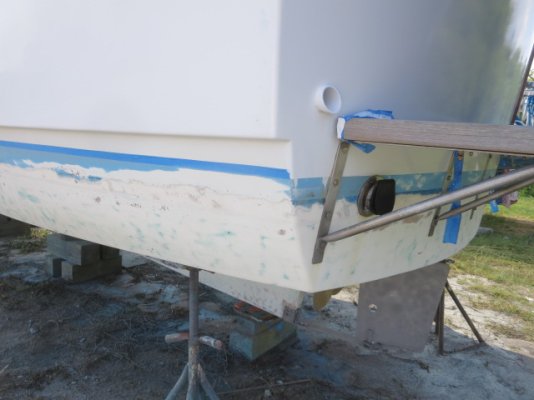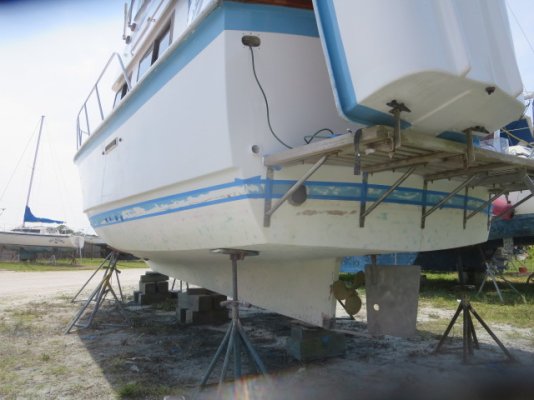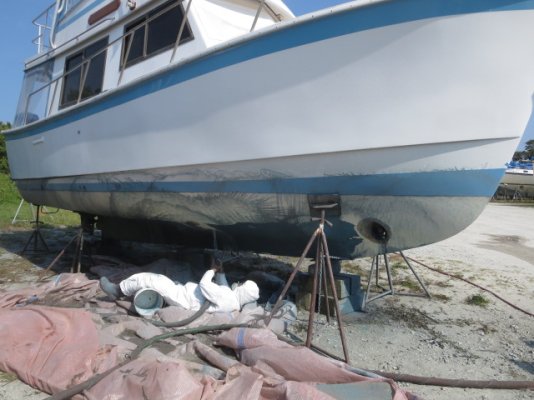I've had Prairie 29's on my short list for awhile now. I'd appreciate any comments on how much horsepower is needed to make sure a 29 can handle running against strong tides, currents, head winds and/or head seas. I've seen 29's with 50HP, 85HP and 100HP. What's needed in the real world?
Last edited:








